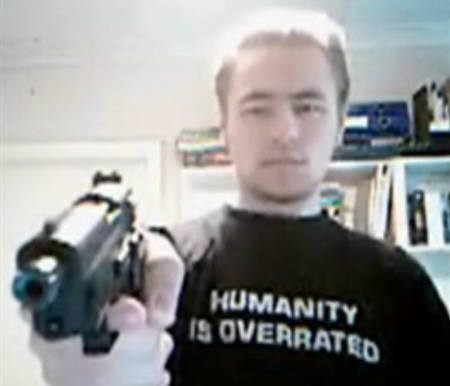New Yorker
"In a famous essay published four decades ago, the Stanford sociologist Mark Granovetter set out to explain a paradox: “situations where outcomes do not seem intuitively consistent with the underlying individual preferences.” What explains a person or a group of people doing things that seem at odds with who they are or what they think is right? Granovetter took riots as one of his main examples, because a riot is a case of destructive violence that involves a great number of otherwise quite normal people who would not usually be disposed to violence.
...Granovetter thought it was a mistake to focus on the decision-making processes of each rioter in isolation. In his view, a riot was not a collection of individuals, each of whom arrived independently at the decision to break windows. A riot was a social process, in which people did things in reaction to and in combination with those around them. Social processes are driven by our thresholds—which he defined as the number of people who need to be doing some activity before we agree to join them. In the elegant theoretical model Granovetter proposed, riots were started by people with a threshold of zero—instigators willing to throw a rock through a window at the slightest provocation. Then comes the person who will throw a rock if someone else goes first. He has a threshold of one. Next in is the person with the threshold of two. His qualms are overcome when he sees the instigator and the instigator’s accomplice. Next to him is someone with a threshold of three, who would never break windows and loot stores unless there were three people right in front of him who were already doing that—and so on up to the hundredth person, a righteous upstanding citizen who nonetheless could set his beliefs aside and grab a camera from the broken window of the electronics store if everyone around him were grabbing cameras from the electronics store.
Granovetter was most taken by the situations in which people did things for social reasons that went against everything they believed as individuals. ...You can’t just look at an individual’s norms and motives. You need to look at the group.
...We misleadingly use the word “copycat” to describe contagious behavior—implying that new participants in an epidemic act in a manner identical to the source of their infection. But rioters are not homogeneous. If a riot evolves as it spreads, starting with the hotheaded rock thrower and ending with the upstanding citizen, then rioters are a profoundly heterogeneous group.
Finally, Granovetter’s model suggests that riots are sometimes more than spontaneous outbursts. If they evolve, it means they have depth and length and a history. Granovetter thought that the threshold hypothesis could be used to describe everything from elections to strikes, and even matters as prosaic as how people decide it’s time to leave a party. He was writing in 1978, long before teen-age boys made a habit of wandering through their high schools with assault rifles. But what if the way to explain the school-shooting epidemic is to go back and use the Granovetterian model—to think of it as a slow-motion, ever-evolving riot, in which each new participant’s action makes sense in reaction to and in combination with those who came before?
...
In the day of Eric Harris, we could try to console ourselves with the thought that there was nothing we could do, that no law or intervention or restrictions on guns could make a difference in the face of someone so evil. But the riot has now engulfed the boys who were once content to play with chemistry sets in the basement. The problem is not that there is an endless supply of deeply disturbed young men who are willing to contemplate horrific acts. It’s worse. It’s that young men no longer need to be deeply disturbed to contemplate horrific acts."

No comments:
Post a Comment
Note: Only a member of this blog may post a comment.